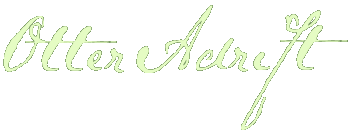Sunday 21 Aug
Crazy things mammal-watchers do: drive almost four hours north along the coast, to spend two hours looking for rare primates, then drive back again. It was well worth it though! The Tana River Red Colobus and the Tana River Mangabey are both critically endangered, as they exist only in a strip of riverine forest less than 1km wide and maybe 40kms long. It’s completely isolated, as there is human habitation and farming upriver and downriver, and inland from the river is a barren desert of acacia scrub. Driving through this we passed locals driving trains of camels, their equivalent of a herd of cattle. Also bred here for export to Saudi Arabia.

So clearly these rare primates are stuck unless their habitat can ever be extended. At least they seem to be doing well for now, the population rising within its tiny environment. We saw them both fairly easily and spent a leisurely hour following the groups around and watching them eat and play. The mangabeys are big sandy monkeys that forage on the ground a lot and have foppish centre-parted hair styles. The colobus stay high in the trees and are long-limbed fellows with pot bellies and a bright red cap that catches the sun.


The four hour drive was interesting in itself. The first half was a very human landscape and we could see that different tribes live on the coast; the people look a little different, seem more reserved, dress differently and build their houses differently. Mud-walled huts with rough wooden frames and thatch roofs. We saw enormous salt pans covering vast acres, the harvested salt piled up into an absolute mountain of whiteness. The second half was through wilderness, effectively an extension of Tsavo but without the protection. Isolated huts popped up occasionally, but we saw sounders of warthogs along the road, with kudu and dikdik as we got near Tana River.

Related Images:













































